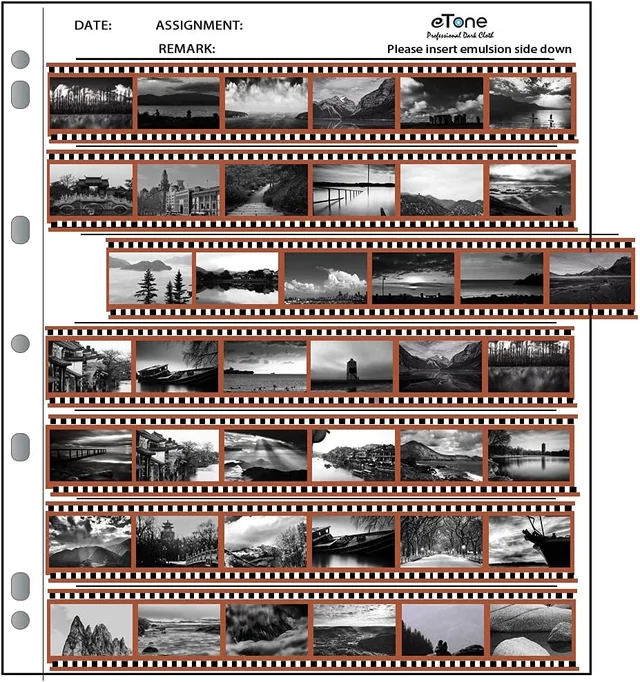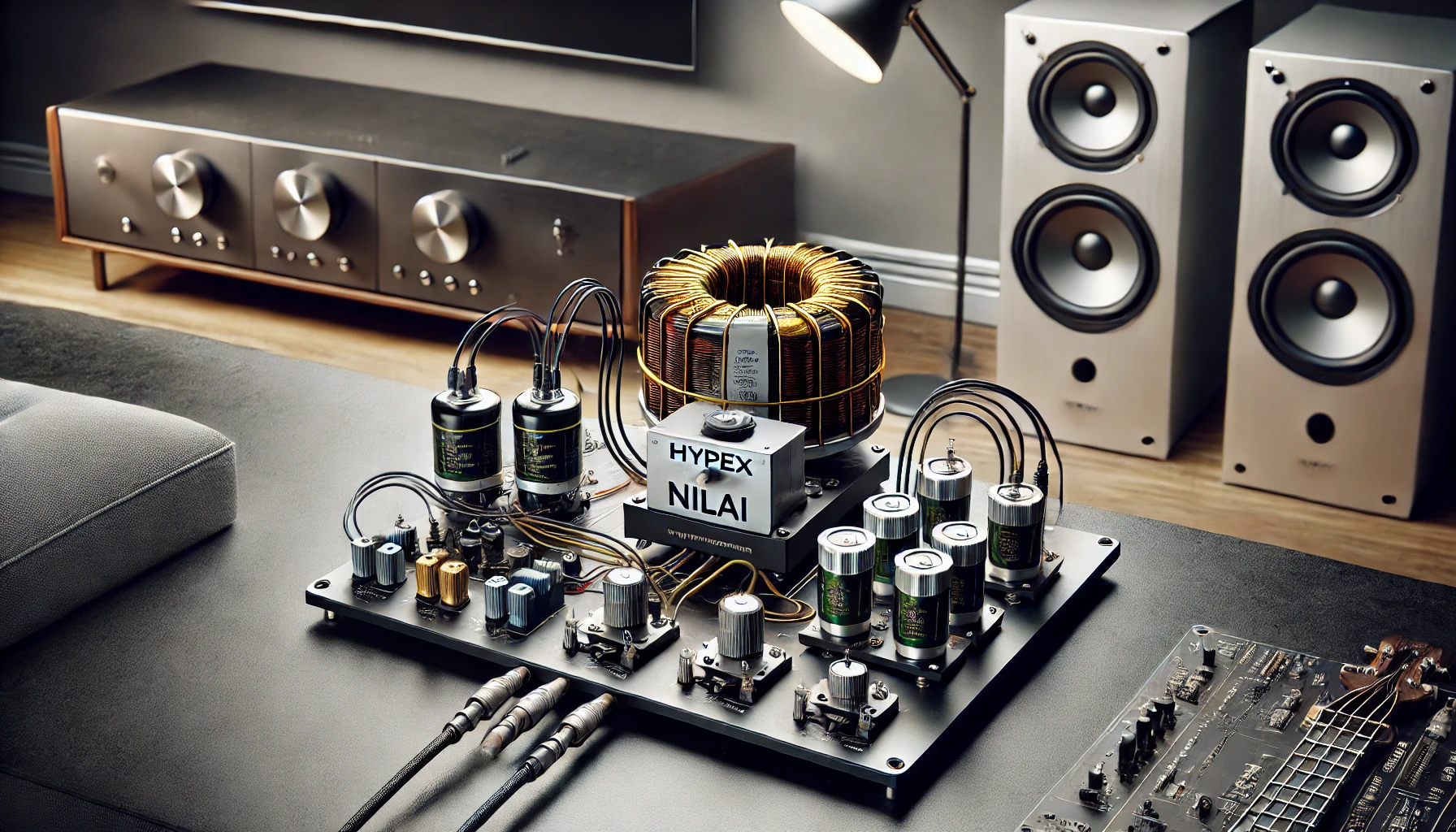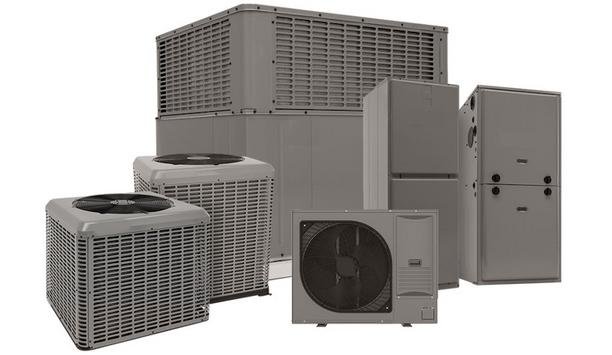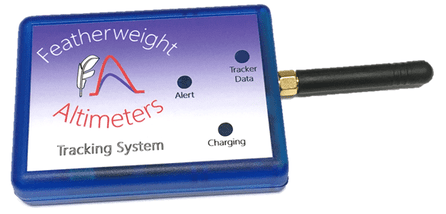Storing and preserving 35mm films is essential for anyone serious about maintaining their film negatives for the long term. Whether you’re a photographer with years of accumulated negatives or a film enthusiast looking to protect vintage collections, choosing the best archival binder for 35mm films is crucial. The right archival binder keeps your negatives safe from environmental damage, dust, and physical harm, ensuring that your films remain in pristine condition for years to come.
This article will walk you through the key considerations when selecting an archival binder for 35mm films, the benefits of using one, and a few top recommendations to help you make the best choice.
You may also read: What Light Seal Thickness Works Best for Canon F1 Cameras?
Why You Need an Archival Binder for 35mm Films
Film negatives are highly susceptible to damage over time, whether from dust, moisture, heat, or light exposure. Improper storage can lead to film degradation, resulting in fading, scratches, or complete loss of your cherished memories. An archival binder specifically designed for storing 35mm film is the best solution for ensuring these negatives are kept safe and accessible.
Archival binders are made from materials that meet stringent preservation standards, which include being acid-free, lignin-free, and made of high-quality, inert plastics that won’t chemically interact with your films. These binders provide long-term protection by offering a safe, organized environment to store your films without fear of deterioration.
Features to Look for in the Best Archival Binder for 35mm Films
When selecting the best archival binder for 35mm films, there are several key features and materials to keep in mind. These elements will ensure that your negatives are stored in the safest and most efficient way possible.
Archival-Quality Materials
The most important factor in any archival storage solution is the material. Look for binders made from acid-free, lignin-free materials to prevent yellowing, staining, or degradation of your film negatives. Archival-quality polypropylene or polyester sleeves are ideal for protecting your 35mm films, as they do not off-gas harmful chemicals that can damage the film over time.
Reinforced Spine and Durable Construction
Archival binders should be durable, especially if you’re storing a large collection of negatives. The binder’s spine should be strong enough to hold numerous film pages without warping or collapsing under weight. Look for binders with reinforced spines and sturdy covers to ensure the longevity of both the binder and your film negatives.
Page Capacity and Expandability
Your archival binder should have a sufficient page capacity to hold your film collection. Standard binders usually come in a 3-ring or 4-ring format, and the number of pages you can add will depend on the size of the binder rings. If you have an extensive film archive, consider binders that allow for expandability by adding more pages over time.
Protective Sleeves for 35mm Films
The actual storage pages within the binder are equally important. These pages, or sleeves, need to be made from archival-grade plastic (such as polypropylene or polyester) and have designated slots for individual strips of 35mm film. Each strip should fit snugly in its pocket, and the sleeve should be clear, allowing you to view the films without having to remove them from storage.
Some binders come with pre-included sleeves, while others allow you to purchase sleeves separately, giving you flexibility based on your collection size.
Light and Dust Protection
For long-term preservation, your binder should offer protection from light exposure and dust. While the archival sleeves shield your films from direct handling, the binder itself should be closed tightly to minimize exposure to external elements. Binders with slipcases are a great option as they completely enclose the binder, providing additional protection from dust and dirt.
Top Archival Binders for 35mm Films
Here are some of the best archival binders available today that offer superior protection for your 35mm film negatives:
1. Print File Archival Storage Binder
Print File is a well-known name in the world of archival storage, and their archival storage binder is highly recommended for 35mm films. The binder is constructed from durable, high-quality materials, offering excellent protection against light and dust. It comes with a reinforced spine and is compatible with Print File’s own archival sleeves, which are made from crystal-clear polypropylene.
This binder can hold multiple pages of 35mm film, and the pages are sold separately, giving you flexibility in how you want to organize your films.
Pros:
- Acid-free, archival-quality materials
- Expandable capacity with additional sleeves
- Transparent sleeves for easy viewing
Cons:
- Sleeves sold separately
- Does not come with a slipcase for extra protection
2. Beseler Archival Film Binder with Slipcase
For those looking for an extra layer of protection, the Beseler Archival Film Binder with a slipcase is a top choice. This binder is designed to fully enclose your 35mm films, offering enhanced protection from environmental damage. The binder’s exterior is made from archival-grade materials, and the included slipcase shields the binder from light and dust.
The Beseler binder has large capacity rings, allowing you to store up to 60 archival sleeves. It also comes with durable polypropylene pages, which are acid-free and designed to prevent any interaction with your film.
Pros:
- Slipcase provides superior protection
- Large storage capacity
- Comes with archival pages included
Cons:
- Bulkier than standard binders
- More expensive due to the slipcase feature
3. Itoya Art Profolio Evolution Binder
The Itoya Art Profolio Evolution Binder is another excellent choice for storing 35mm film negatives. Known for its sleek design and affordable price, this binder uses archival-safe polypropylene sleeves, ensuring your films remain untouched by harmful chemicals or pollutants. Its lightweight, slim design makes it easy to store on a shelf without taking up too much space.
Though it is more commonly used for artwork and photographs, the Itoya Profolio Evolution works perfectly for storing film negatives, especially for photographers who want a stylish and minimalist binder.
Pros:
- Lightweight and sleek design
- Affordable
- Includes archival polypropylene sleeves
Cons:
- Limited capacity compared to larger binders
- Lacks a slipcase for additional protection
4. Archival Methods 3-Ring Binder Box
If you’re looking for something highly protective and customizable, the Archival Methods 3-Ring Binder Box is an ideal solution. This binder is housed in a fully enclosed box, offering maximum protection from light, dust, and physical damage. The box is made from acid-free materials and has a cloth exterior, giving it a professional appearance while ensuring safe storage for decades.
Inside the binder box, you can use standard 3-ring archival sleeves that are acid-free and made specifically for 35mm films. This is a great choice for those with large film collections who want long-term preservation.
Pros:
- Fully enclosed binder box for ultimate protection
- Professional, durable design
- Compatible with standard archival sleeves
Cons:
- Larger footprint on shelves
- Higher price point due to the protective box
How to Store 35mm Film in an Archival Binder
Once you’ve selected the best archival binder for your 35mm films, it’s important to store your films properly. Here’s a step-by-step guide to ensure your negatives are protected for the long term:
Step 1: Clean Your Negatives
Before placing your 35mm film into the archival binder, make sure each strip is clean and free from dust or fingerprints. Use a soft microfiber cloth or an anti-static brush to gently clean the surface of your negatives.
Step 2: Insert Film Strips into Sleeves
Carefully insert your negatives into the archival sleeves. Make sure each strip fits snugly without bending or folding. The sleeves should be clear, allowing you to view the films without removing them.
Step 3: Label Each Page
Organizing your negatives by date, project, or subject is crucial for easy access later on. Most archival sleeves come with areas where you can label the film, so take advantage of this and create a consistent labeling system.
Step 4: Store the Binder in a Cool, Dry Place
After your negatives are organized in the archival binder, store the binder in a location that is cool, dry, and away from direct sunlight. Temperature and humidity control is vital for preventing film degradation.
FAQs
Why should I use an archival binder for 35mm film? Archival binders protect your 35mm films from light, dust, and environmental damage. They are made from materials that prevent degradation, ensuring the long-term preservation of your negatives.
What is the best material for archival sleeves? Polypropylene or polyester sleeves are the best choices for storing 35mm film negatives, as they are acid-free, archival-grade, and will not interact chemically with the film.
How often should I check my stored 35mm films? It’s recommended to check your stored films at least once a year to ensure that the environment is still suitable and that no damage has occurred to the negatives.
Do archival binders come with pre-included sleeves? Some archival binders come with pre-included sleeves, but many require you to purchase the sleeves separately, giving you flexibility in choosing the type and thickness.
Can I store color and black-and-white films together in the same binder? Yes, you can store both color and black-and-white films in the same binder as long as they are stored in archival-quality sleeves and in the proper environmental conditions.
Conclusion
Choosing the best archival binder for 35mm films is a crucial step in preserving your film negatives for the long term. Whether you are a professional photographer or a film enthusiast, the right archival binder will keep your negatives safe from light, dust, and environmental damage. By selecting an archival-quality product and following proper storage techniques, you can ensure your memories and creative works remain intact for generations to come.




